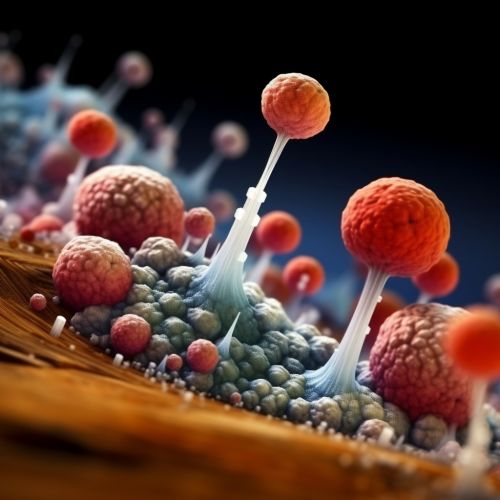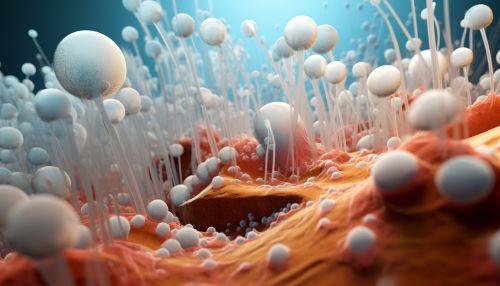Mechanisms of Osmoregulation in Halophilic Microorganisms
Introduction
Halophiles are organisms that thrive in high salt concentrations. They are a type of extremophile, organisms that can survive in extreme environments that are inhospitable to most life forms. Halophiles can be found in environments such as salt lakes, salt mines, and salt pans. The ability of these organisms to survive in such high salt concentrations is due to their unique mechanisms of osmoregulation.
Osmoregulation in Halophiles
Osmoregulation is the process by which cells regulate the water content in their cytoplasm to maintain a stable internal environment. This is crucial for the survival of all organisms, but especially so for halophiles, which live in environments with high salt concentrations.
Halophiles employ two main strategies for osmoregulation: the 'salt-in' strategy and the 'compatible solute' strategy.
Salt-in Strategy
In the salt-in strategy, halophiles accumulate high concentrations of inorganic ions, such as potassium ions (K+), in their cytoplasm. This is achieved through the use of specific ion transporters in the cell membrane that pump potassium ions into the cell. This strategy allows the internal salt concentration of the cell to match that of the external environment, thereby preventing water loss through osmosis.


Compatible Solute Strategy
In the compatible solute strategy, halophiles accumulate organic compounds, known as compatible solutes, in their cytoplasm. These solutes, which include sugars, amino acids, and their derivatives, are compatible with the cell's metabolic processes and do not interfere with the normal functioning of cellular proteins. The accumulation of these solutes allows the cell to maintain a high internal osmotic pressure without the need for high salt concentrations.
Adaptations for Osmoregulation
Halophiles have evolved several adaptations that enable them to survive in high salt concentrations. These include adaptations in their cell walls, cell membranes, and proteins.
Cell Wall Adaptations
The cell walls of halophiles are often highly negatively charged, which helps to repel the high concentrations of positive ions in the external environment. This reduces the amount of salt that enters the cell, thereby reducing the need for osmoregulation.
Cell Membrane Adaptations
The cell membranes of halophiles contain high levels of saturated fatty acids, which help to maintain membrane fluidity in high salt concentrations. They also contain specific ion transporters that pump ions in and out of the cell, thereby regulating the cell's internal salt concentration.
Protein Adaptations
The proteins of halophiles are adapted to function in high salt concentrations. These adaptations include an increase in the number of acidic amino acids, which can form salt bridges with the high concentrations of positive ions in the cell. This helps to stabilize the proteins and prevent them from denaturing in the high salt environment.
Conclusion
The mechanisms of osmoregulation in halophiles are a testament to the adaptability of life. Through a combination of cellular and molecular adaptations, these organisms are able to survive and thrive in environments that are inhospitable to most other forms of life.
